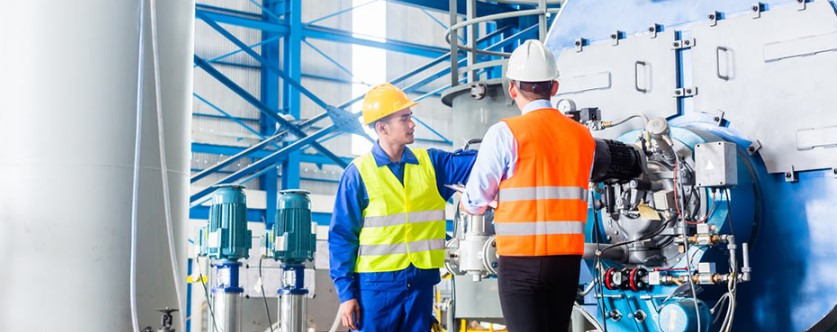While the advantages of manufacturing in China cannot be overlooked, it is also important to consider the challenges. If you are creating a brand-new product, it can be an exciting prospect, even if it’s your first time.
However, you may have a lot to learn, but don’t let that dampen your spirits. To help you get started, here is everything you need to know about outsourcing manufacturing to China.
1. Getting Your Design Ready
To make a product in China, you need a good design that starts in the design phase. Designers have different processes, like sketching 2D drawings of various versions to explore possibilities.
Keep up with technological advancements to avoid being left behind. The digital twin is a new tool that improves digital product representation. Being able to create a tech pack of the product and everything that is needed to make it will help it get completed on time.

After sketching, create a CAD design for a clear visualization. Use augmented reality to better sense scale. Make a 3D-printed prototype to hold and see the product’s size and shape. Finalize the design, and create necessary files and measurements for the factory to produce the product.
2. Working with Chinese Factories
When looking for a factory in China, it can be challenging to verify whether they’re capable of producing the desired product. While listings sites like Alibaba can connect you with factories, it is crucial to work with a partner like Gembah who is familiar with the manufacturing landscape and only works with factories that have a proven track record.
To be successful in China, it is essential to understand Chinese business culture, known as guanxi, which emphasizes building relationships, being timely with payments, and being yes-oriented. Sampling is a critical step in the manufacturing process that allows you to inspect the quality of the factory’s work and finalize the characteristics of the final product.

To mitigate risks, it is recommended to have a plan B and get samples from multiple factories at the onset. There are three types of factories to consider when building your supply chain: raw material factories, component factories, and assembly factories.
The latter offers lower minimums and high scalability, making it a great option for starting out and growing. Finally, while intellectual property is a hot-button issue in China, it should not deter you from working there as it is a relatively new concept to Chinese business culture.
Managing Production
As a factory owner, you should not just wait for your shipment to arrive after giving the green light on production, as it could jeopardize your business. Instead, implementing quality control measures is essential.
This involves having inspectors examine the products at various stages of production, either through in-house visits or third-party testers, within a scope agreed upon beforehand. Additionally, conducting extra steps like photo and video documentation or drop testing the products can be helpful.

The worst-case scenario is receiving a significant portion of defective inventory, which can damage your reputation and result in negative reviews.
Therefore, adhering to the internationally recognized AQL standards for the allowable number of defective products in each production run is crucial, but you can also aim for a higher standard.
By Always Be QCing, you can detect and correct issues before they escalate. To learn more about our production management methods, please click here.
Compliance, Import, and Logistics
As you approach the finish line, you need to consider how to get your product into the United States to sell it to your eager customers. However, before jumping into the logistics of importing, it’s important to ensure that all the necessary paperwork is in order, thus making the whole supply chain management run smoother.

Specifically, compliance is critical, as customs may reject your product if it fails to meet consumer protection standards. It’s essential to remember that these regulations apply regardless of whether you’re importing from China or any other part of the world.